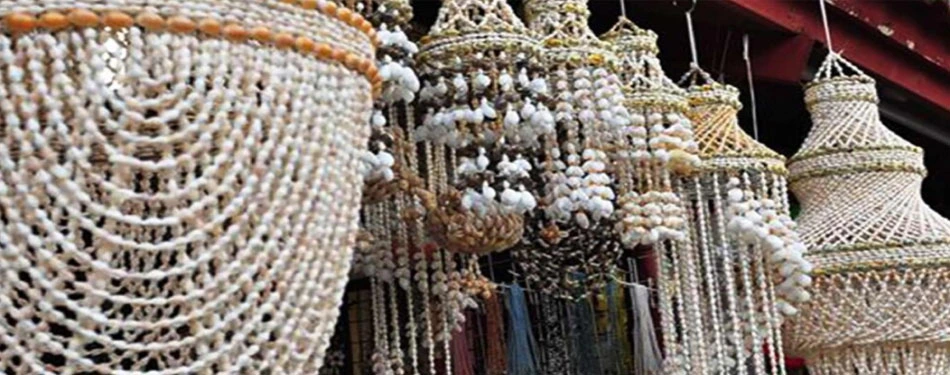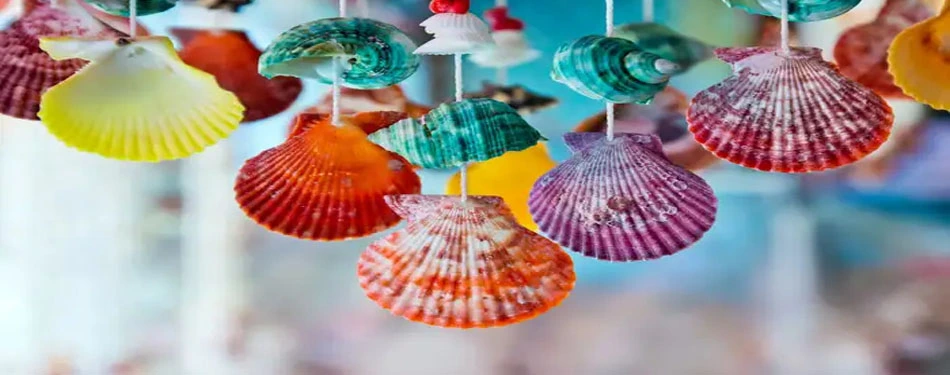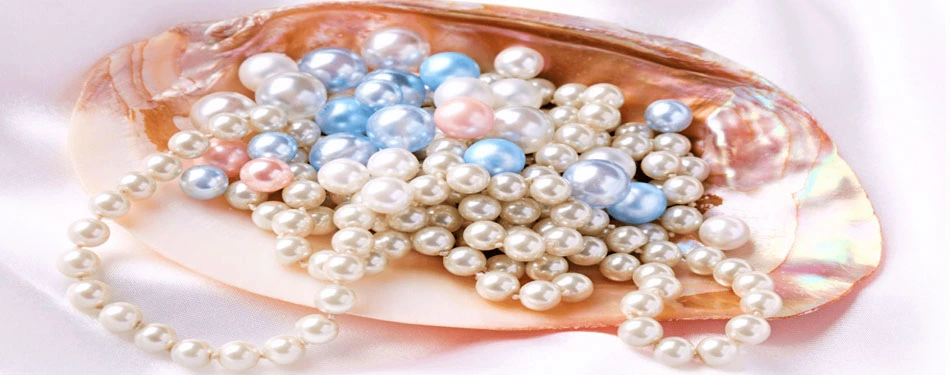Andaman Shells: Beauty in Diversity

The Andaman Islands are famous for their stunning natural beauty and diverse wildlife.
Among the many treasures found here, Andaman shells are particularly admired for their
variety and intricate designs. These shells are not just beautiful; they play a vital
role in the island's ecosystem and are an important part of local culture. They are used
in art and are popular items for tourists to buy as unique souvenirs from Andaman.
The Raw Beauty of Andaman Shells

Andaman shells are more than just natural artifacts; they serve as evidence of the area's
rich biological diversity. These shells are highly sought after by both nature lovers
and collectors due to their varied shapes, sizes, and colors, which showcase their
beauty. Every shell is a work of natural art, sculpted by the ocean's forces, from the
sturdy geometry of the Banded Tulip to the delicate swirls of the Angulate Wentletrap.
The diversity of these shells is not merely a matter of aesthetic pleasure; it also
contributes significantly to the ecological balance of the marine environment. Many of
these shells serve as homes to hermit crabs and other marine organisms, playing a vital
role in the underwater food chain. Moreover, the calcium carbonate structures of the
shells help in maintaining the pH balance of the ocean waters, which is crucial for
marine life.
Learn about
Biodiversity of Andaman and Its Shells
The Andaman Sea is a part of the Indo-Pacific Ocean, known for its high levels of marine
biodiversity. This region supports a variety of habitats, from coral reefs and mangroves
to sandy beaches and rocky shores, each hosting unique communities of organisms. Andaman
shells are often found along these diverse habitats, each species adapted to its
specific environment.
Research and conservation efforts in the Andaman Islands have highlighted the importance
of protecting this biodiversity. The shells, often indicators of the health of marine
ecosystems, help researchers monitor environmental changes and assess the impact of
human activities such as tourism and fishing. Conservation programs aim not only to
protect these environments but also to educate locals and tourists about the importance
of biodiversity in Andaman.
The Cultural Significance of Andaman Shells

In the culture of Andaman, shells are integral to the island's heritage and economy.
Locally, shells have been used historically as tools and ornaments, reflecting the
resourcefulness of the island communities. Today, they are incorporated into various
handicrafts, including jewelry, lampshades, and decorative items, which are popular
among tourists as authentic souvenirs.
The traditional knowledge of collecting and utilizing shells without harming the
ecosystem is a testament to the sustainable practices developed by indigenous tribes
such as the Great Andamanese and the Nicobarese. These practices are passed down through
generations, embedding a deep respect for nature in the local culture.
Things to Buy from Andaman: Shell Craft
Tourists visiting the Andaman Islands are often keen to take a piece of this paradise
home, and what better souvenirs than items crafted from the beautiful Andaman shells?
The local markets and craft shops offer a wide range of shell products, from intricate
necklaces and earrings to elaborate shell mirrors and chandeliers. Each piece not only
reflects the beauty of Andaman shells but also supports the local artisans and their
traditional crafts.
When buying these shell products, visitors need to ensure that they are purchasing from
sources that obtain shells sustainably and ethically. This not only helps in conserving
the natural beauty of the islands but also supports the economic development of the
local communities in a sustainable manner.
Click here to read more blogs
Conclusion
The beauty and diversity of Andaman shells are not just natural wonders; they are a vital
part of the region's environmental and cultural fabric. Through the sustainable use of
these resources, the Andaman Islands offer a model for conservation and tourism that
respects and enhances the natural world. Whether it is through supporting local artisans
or participating in conservation efforts, every visitor to the Andaman Islands has a
role to play in preserving this unique heritage for future generations.
In exploring the beauty of Andaman shells, we find a deeper appreciation for the natural
world and the intricate ways in which life on our planet is interconnected. The Andaman
Islands, with their stunning landscapes, rich biodiversity, and vibrant culture, remind
us of the preciousness of our Earth's ecosystems and the urgent need to protect them.


